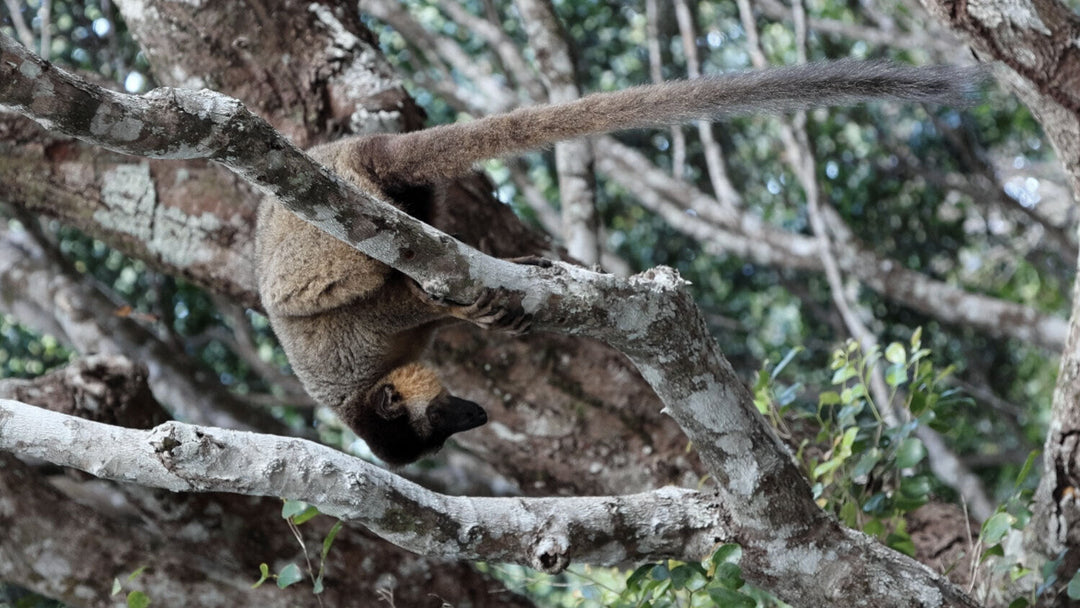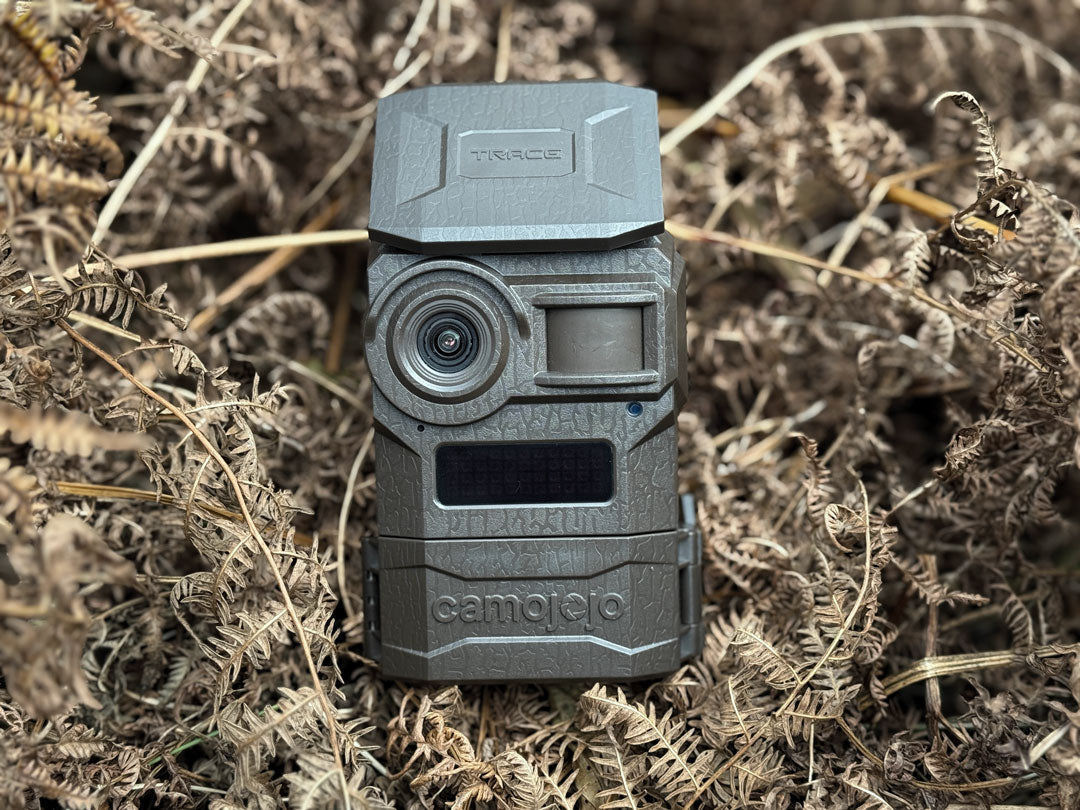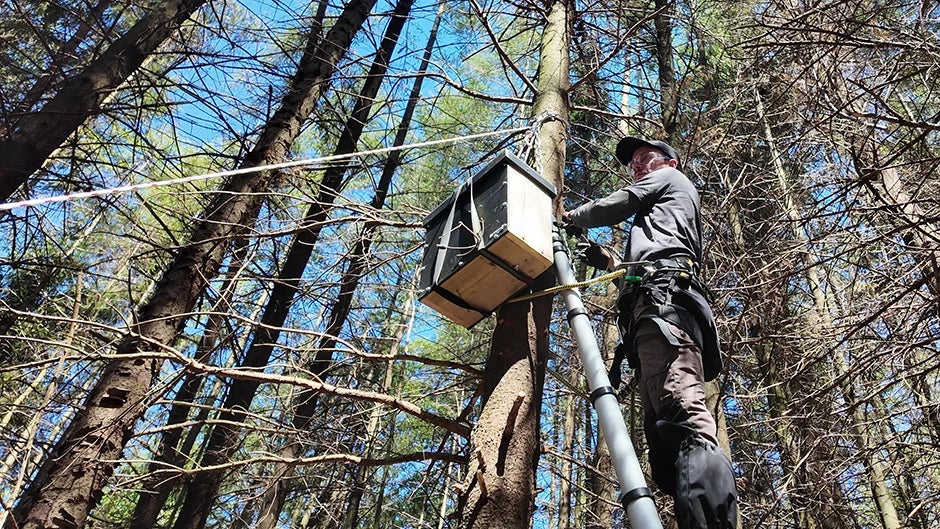Empowering local communities in snow leopard conservation
As the top predators in their environment, snow leopards play a critical role in maintaining ecological balance through the regulation of herbivore populations, which affects vegetation and many other wildlife species in an area.
Tracking changes in snow leopard populations is essential for conservation efforts as the species is currently classified at Vulnerable on the IUCN Red List. However, monitoring these elusive big cats presents a considerable challenge due to their constant movement and remarkable camouflage, while just a few leopards may occupy a vast mountain range. This is where trail cameras prove invaluable!
In this Q&A, Phill Dixon treats us to insights from the snow leopard-inhabited mountains in Ladakh, India, and reveals the importance of using trail cameras for engaging and empowering local communities in wildlife conservation.

What was the aim of the project?
The main aim of the project was to train a cadre of local guides and spotters in the use of camera traps, who will then pass on this expertise to their local communities. The secondary aim was to provide user-friendly camera traps, along with SD cards, a card reader and funds for consumables to a local ranger, who is authorised by Indian Wildlife Service to lay camera traps for snow leopard and prey species monitoring.
We hope that the outcomes of this project will contribute to ongoing conservation efforts for snow leopards while empowering local people to take a lead and benefit from those efforts.
What was the significance of training local people?
Ladakh is home to a healthy population of snow leopards, so the area attracts both international film crews and some nature tourism. By equipping local people with these skills, they can benefit from any financial rewards the snow leopards may bring, while also being able to provide year-round monitoring.
Indian Wildlife Services have limited resources in this vast landscape, so some extra help can make a huge difference. Most villagers are already a perfect source of information on sightings or tracks, so putting tools and skills in the hands of locals is the natural step.
Why the NatureSpy Ursus trail camera?
The NatureSpy Ursus camera trap is the perfect blend of functionality, robustness and simplicity of use. Of high importance was also NatureSpy's use of profits in other conservation projects and the fact this camera trap was free of links to the hunting industry.

What were some of the challenges the project faced?
Ladakh is a remote region and due to late season snow we needed snow chains and expert drivers to access mountain roads. At night temperatures dropped to -25°c, making for toe numbing walks in search of wildlife!
Another factor was the sensitive military nature of the region, bordering China and Pakistan, so this placed some restrictions on who can install camera traps where they can be placed within Hemis National Park. For this reason, training was carried out with guides outside of the park, until the camera traps were handed over to the local ranger.

Who took part in the project?
The project was funded by myself and I collaborated with a small number of guides and spotters who have previously worked with travel companies and production teams. By upskilling the local community and through the continued use of these cameras locally, the number of people who will be able to benefit from ongoing training will be greatly expanded.
Training in the use and placement of trail cameras was provided by myself and conservationist Daniel Biancalana, with each guide then providing demonstrations to their respective home villages or fellow guides and crew. In turn, the guides showed us the various tracks and trails used by snow leopards on a regular basis
Our thanks to Phill for sharing these fascinating insights from the stunning mountains of Ladakh!



